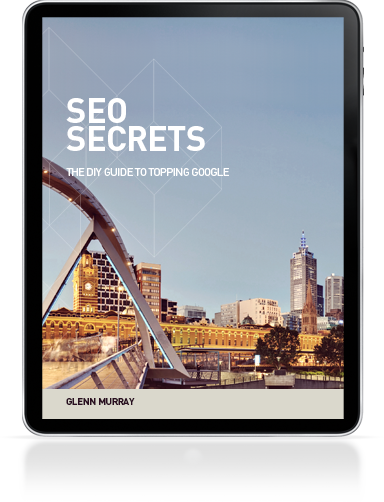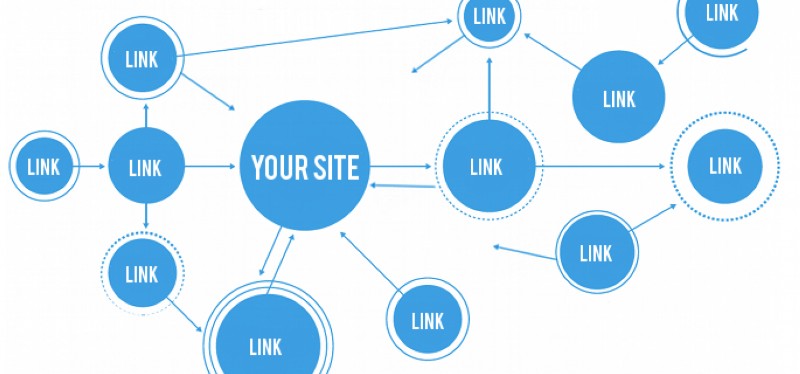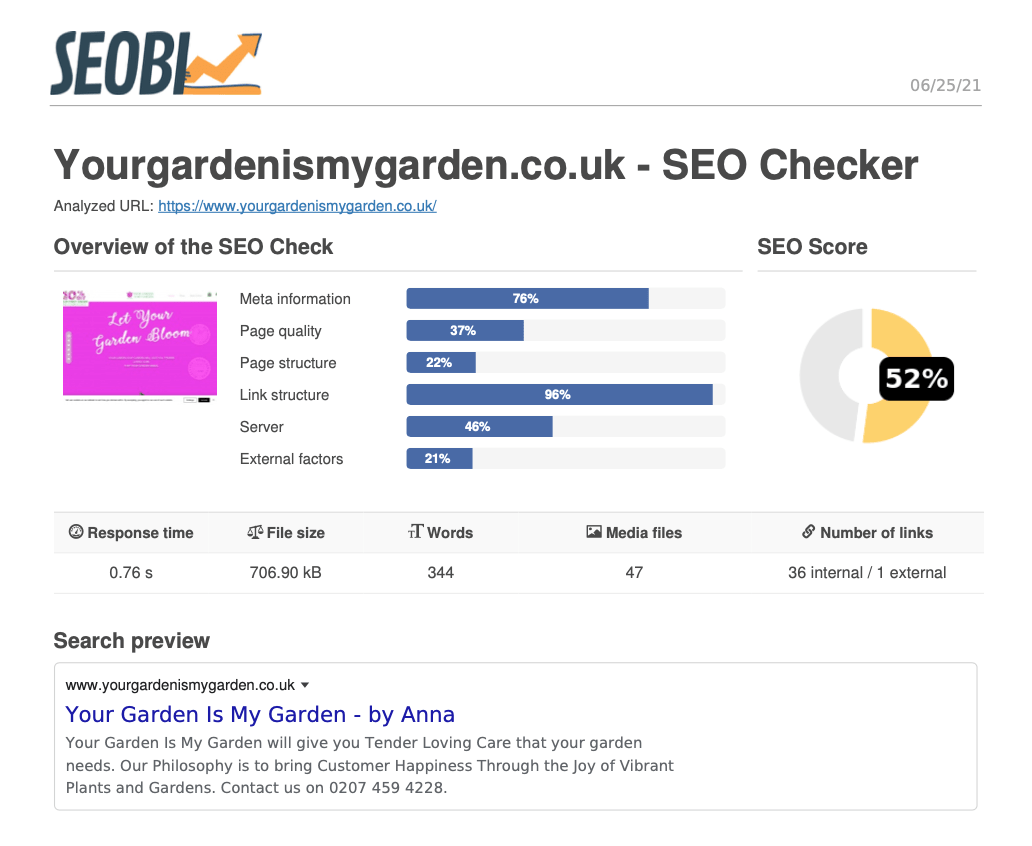
When you write sales copy, your main purpose is to convince your customer to buy your product or sign up for communications. You can do this by giving prospects a clear path to follow. A great example of effective sales copy is that of HubSpot, a website that makes sales easier by sticking to specific pain points and speaking directly to sales professionals. These four elements are key to making your sales copy more effective.
Empathy
It is important to show empathy for your audience in your sales copy. Empathy refers to the ability to relate to and understand your audience's needs. Empathic copywriting makes the difference between making sales and getting bounced. If the writer shows empathy for the reader, the reader is more likely to purchase the product or service. Empathy can also help build credibility and affinity.
Emotional language can seem too sentimental in the opening of a sales message. But remember that each prospect has different needs and feelings. Empathy does not have to be a positive thing. It is a crucial marketing strategy that will bring in more customers. Empathy will also make you more memorable to your audience. You might be afraid that your audience will not like it if you write a more positive message than a sales letter opening.
A well-crafted sales copy is a bridge. It should sound human and appeal to your target audience. Look at what makes people afraid of failure or what their friends think. This example can be used to help you create your copy. It will be hard to write boring sales copy ever again. Empathy is the key to writing sales copy. Don't let your writing get too dry or repetitive. It's worth trying again. This strategy will make you a lot more money in the end.
It is important to empathize with your prospects. Think like your clients when you make buying decisions. Seek out ways to make their lives simpler. Empathy will help you understand their motivations and help them identify their problems. Many of the world's leading companies practice empathy in their marketing. Empathy is actually one of their core values. Empathy is a key value for those in sales. Customers will be more inclined to buy from you if you have empathy.
Simple, clear and easy-to-understand
To attract potential customers, it is important to write simple, easy-to-understand sales copy. Instead of trying to squeeze as much information into your copy as possible, think about how your product will improve people's lives. For example, an AC unit with a high SEER rating will save the consumer money in energy costs. Variable-speed AC units will adjust to the environment to conserve energy. Instead of listing specs, your sales copy will help consumers connect with your benefits.
Remember that the average consumer will only pay attention to eight seconds of information, so it's unlikely they will read through a lengthy paragraph. To keep customers' attention, it is important to understand the customer's problems and speak their language. Consumers only have eight seconds to pay attention. If you can get their attention in a few words, they will be more likely buy. When writing a long piece of sales copy, break it up into two or three shorter sentences.
Listen to your target audience when you're trying to sell a product or service. Listen to Quora discussions and read comments on social networks. Write down the exact words that they use, and use those same words in your copy. After doing this, write down the features of your product that your target audience will appreciate. For example, a fitness center might offer flexible personal training plans, a nursery room for babies, free nutrition advice, and a support chat for moms.
Remember that sales copy is intended to persuade customers to take action. Use persuasive language that appeals to the reader. Make your sales copy as engaging and compelling as possible by using powerful words that evoke an emotional reaction. Power words such as "I," "you", and "you" can be used to get your audience to take action. Use power words to give your content an extra advantage over other words.
Feature-benefit copy

In writing a sales copy, features-benefits are a critical part of the strategy. Benefits are what distinguish a product/service from the rest. Benefit-driven copy is focused on explaining the benefits of a product/service to potential customers. This is the best way to get them to buy. Benefit-driven copy allows writers to distinguish between features and benefits.
Sellers and buyers can both be inspired by the benefits of a product/service. Use features-benefit copy in your marketing materials to show how your product/service benefits buyers. Customers buy products and services based upon their benefits, not on features. Focusing on the benefits of your product or service will help you attract more customers and increase sales. How can you craft benefits-driven copy, however? Here are some suggestions for writing effective features-benefit copy.
Effective sales copy requires understanding the differences between benefits, features, and both. Features describe what a product or service entails, while benefits explain why that feature is important to the customer. In sales copy, it is important to emphasize the benefits more than the features. But benefits are what make a product or service stand out from the competition. The goal of the copy is to persuade customers to make a purchase. Benefit-oriented copy makes it easier to convince customers to buy.
You'll be able to motivate your customers by using features-benefits in sales copy. However, big-ticket items may require more complex techniques. In this case, you can mix feature-benefit copy with value-selling techniques and create a powerful combination. You can easily implement features-benefit copy in sales copy if you follow the steps listed below.
Storytelling
There are two benefits to using stories as sales copy: it can retain the reader’s attention and make it more likely for them to buy your product. Stories can also be used to tap into the emotional connections people form through stories. This will help the reader remember the story. Your ideas will be contextualized by the story. It will also make the reader feel part of the story. Here are some examples of compelling copy that storytelling can help with.
Stories can be a powerful way to build brand loyalty, and connect customers when written well. It uses imagery and metaphors to stir the emotions of the readers. If it's told well, a story is just as effective than direct response copy. What the customer feels when they buy direct response copy is what makes it different from storytelling. Moreover, storytelling is also known as content marketing. Its power lies its ability to generate potential customers' interest and make sales.
Your product will determine how long or short your story is. Use vivid words that evoke emotion in your readers. Each word must be able to compete with the other words in order to fill the space. If the story is unclear, the reader will lose interest. Keep in mind that storytelling is an essential tool when writing sales copy. Listed below are three tips to use stories in your sales copy:
Case studies. You can use stories to show how your product functions and why it is better than the alternatives. A great case study should be rich in details so that the reader is motivated to continue reading and then try your product. You can use a story to illustrate your point. In either case, storytelling is crucial for sales copy. What can you do to use storytelling in your sales copy
Consistency in brand voice

Your business' brand should be consistent in all communications. Consistency will not only increase your chances for success but also enhance your customer experience. Uncertainty in your brand voice can result in a weaker message, lower engagement and other negative consequences. You can make sure everyone within your organization follows a brand voice guide.
Your brand voice is the voice you use for your business across all communication channels. It should be consistent across all channels, including emails and social media posts. Customers will remember your brand if it is consistent across all channels. A strong brand voice can make your copy stand out from the crowd, attracting new prospects and retaining existing customers. These steps are necessary to establish a strong brand voice.
Developing a brand voice is an ongoing process, so be sure to revisit it frequently. Your brand voice should be a reflection of the experience you want to give your audience. You should use the same brand voice whether you're writing content for your website or blog, your email, or printed material. Your customers will become confused if you use an inconsistent brand voice throughout your communications. To create consistency across channels, it is important to use a friendly tone.
A blog can help you establish a consistent brand voice. Mailchimp's blog post is an example of a blog post with a conversational tone. Even though it's not quite as formal as the brand voice guidelines you use for your sales copy copy, it can still be engaging and fun. Oatly, for example, uses humorous copy and illustrations in its branding. On their packaging and on their social media captions, you can find their brand voice.
FAQ
How Often Should I Update My Site?
It is possible to improve your site's ranking by regularly updating it. But it is not always necessary. It's not necessary to constantly update content that you already have created.
How do I get started with SEO?
SEO can be started in many different ways. You must first identify which keywords you would like to rank. This process is called "keyword research." Next, you'll need to optimize each website page for those keywords.
Optimization is the process of adding relevant titles and descriptions to your site, creating unique URLs and linking other websites. After optimization is complete, submit your website for search engines like Google Yahoo!, Bing, and Yahoo!
You will also need to keep track over time of your progress to determine whether you are succeeding.
What's the time frame for PPC Advertising to produce results?
Paid search results are more time-consuming than organic search results. This is because there is no natural flow. A person searches for something and expects to see the most relevant results first. Paid search results must work harder to convince people that they should pay money to advertise on their site.
What is Onpage SEO?
On-page SEO refers to the actions you take within your website to help it rank higher in search engines. On-page SEO includes things such as site architecture and page titles, meta tags and image alt texts. Off-page optimization refers to any activities outside of your website that can improve its ranking. These activities include backlinks and social media shares.
Statistics
- These guides are designed and coded 100% from scratch using WordPress. (backlinko.com)
- If two people in 10 clicks go to your site as a result, that is a 20% CTR. (semrush.com)
- : You might have read about the time that I used The Content Relaunch to boost my organic traffic by 260.7%: (backlinko.com)
- A 62.60% organic traffic boost to that page: (backlinko.com)
- And 90%+ of these backlinks cite a specific stat from my post: (backlinko.com)
External Links
How To
What you need know about duplicate Content and SEO
Both webmasters as well as search engines have to worry about duplicate content. There are two types. If multiple pages in a site have identical content, an internal duplicate is created. External duplicates can occur when a page provides similar information to another URL.
Internal duplication refers to pages that contain identical text or images. Poor copywriting skills can lead to this type of duplication. Poor copywriting indicates that you aren't writing unique content for every page. Doing this will result in internal duplicates.
External duplication is when one page has similar information to multiple URLs. You can create external duplication if you have a product category page that lists all your products and one page that lists all your other products.
Google does not penalize websites that have duplicate content. It does, however, penalize websites who try to manipulate its algorithm in order to rank higher. If you have duplicate content on your website, ensure it isn't manipulative.
Link building is the most common method to manipulate Google’s algorithm. Link building involves creating hyperlinks between your website (and other websites). These links may appear unnatural, and Google might devalue your website.
There are several ways to avoid link manipulation:
-
Avoid low-quality, spammy backlinks
-
Use anchor texts that relate to your website.
-
Creating unique content for each page on your website.
-
Maintaining high quality content
-
A good domain name is essential.
Avoid worrying about duplicate content. Instead, ensure that every page on your site has unique content. This will ensure that you rank higher on search engine result pages.